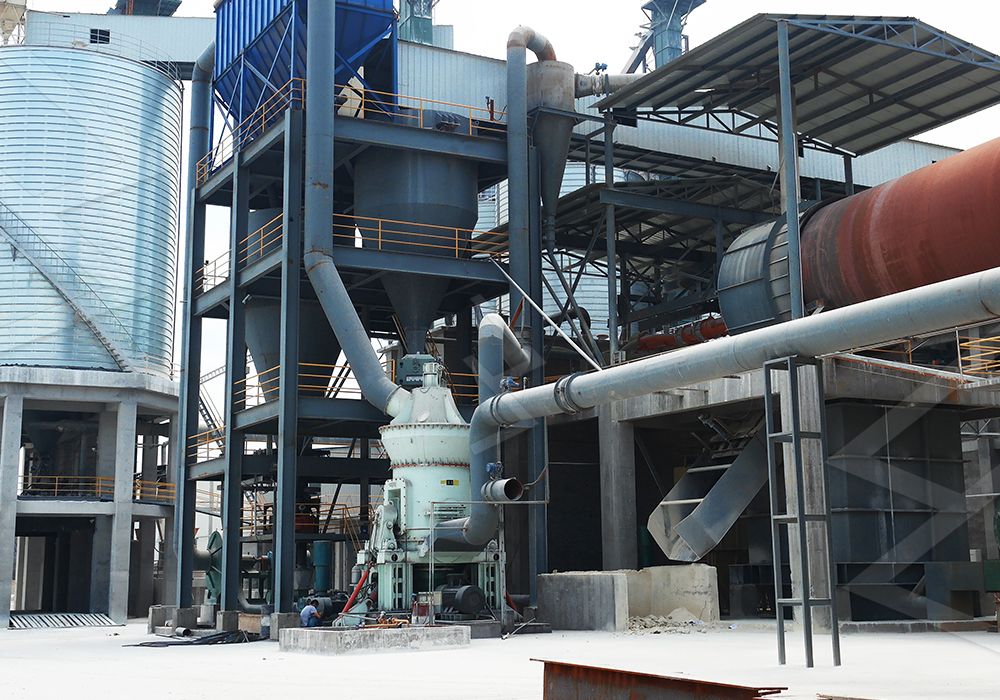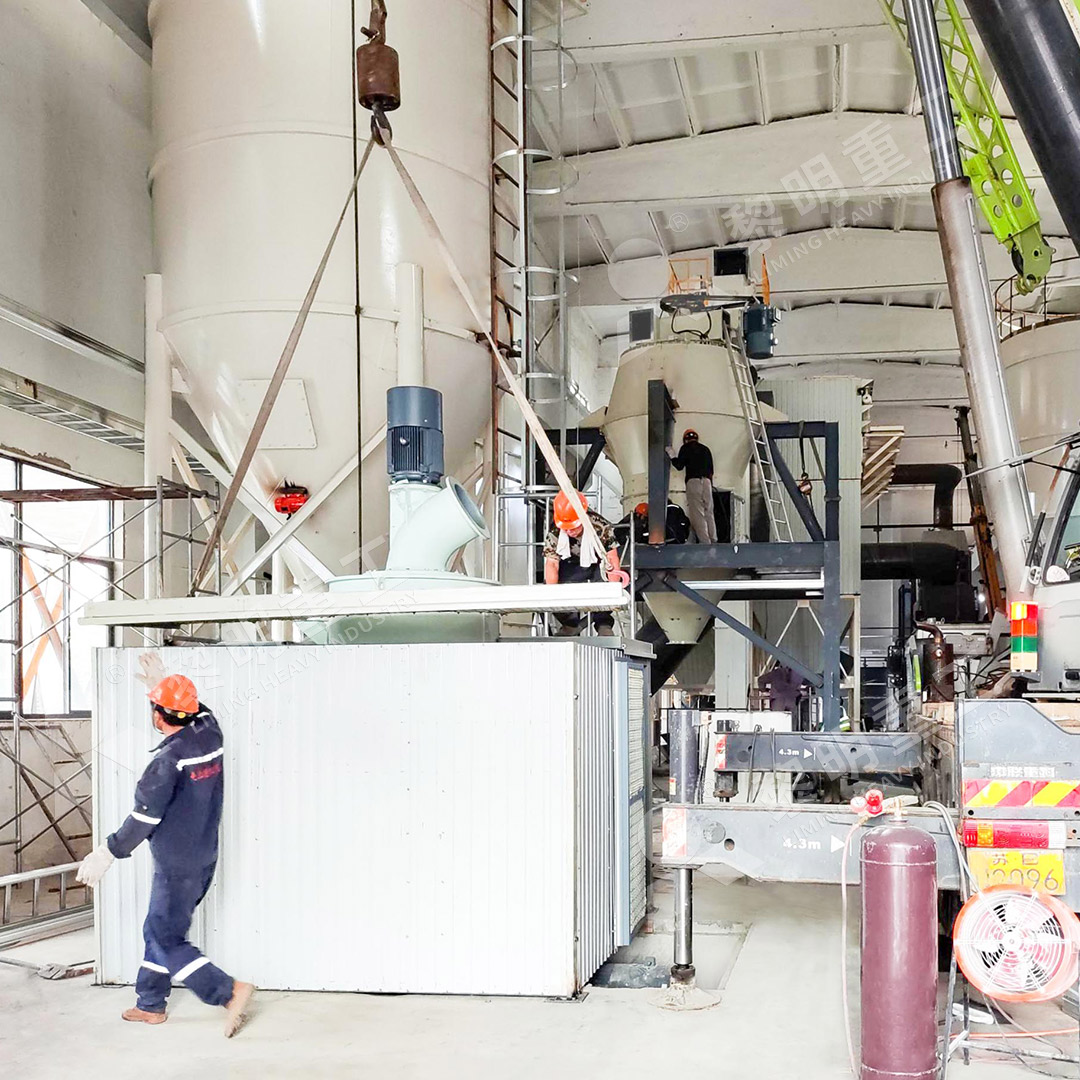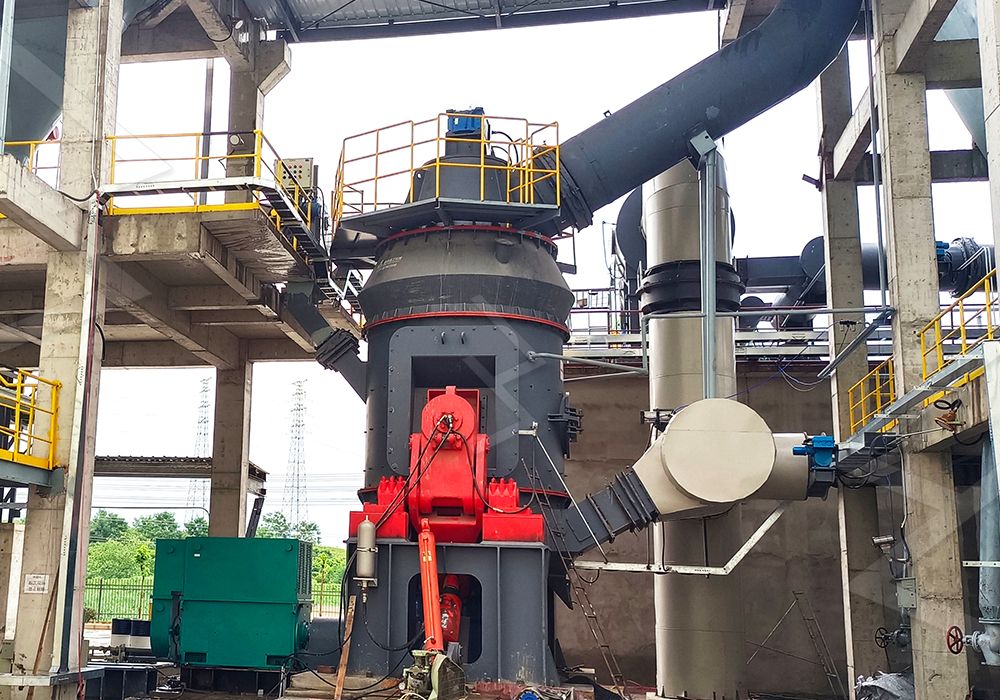Dry Grinding Mill for Coking Coal: Efficient Pulverizing Solutions
Dry Grinding Mill for Coking Coal: Efficient Pulverizing Solutions
In the metallurgical and energy sectors, efficient pulverization of coking coal remains a critical process for optimizing combustion efficiency and product quality. The unique properties of coking coal—including its hardness, volatile content, and specific grinding characteristics—demand specialized milling equipment that can deliver consistent fineness while operating under dry conditions to preserve material properties.

The Challenges of Coking Coal Pulverization
Coking coal presents distinct challenges for grinding operations. Its abrasive nature accelerates wear on conventional milling components, while the requirement for specific particle size distribution (typically between 200-325 mesh for most applications) demands precise control over the grinding process. Traditional ball mills often struggle with energy efficiency and particle consistency, leading to operational inefficiencies and increased production costs.
Modern dry grinding technology addresses these challenges through advanced engineering solutions that optimize grinding efficiency, reduce energy consumption, and minimize environmental impact. The key lies in selecting equipment specifically designed for the rigors of coal processing while maintaining flexibility for varying feed sizes and production requirements.
Advanced Grinding Solutions for Modern Operations
For operations requiring ultra-fine pulverization of coking coal, the MW Ultrafine Grinding Mill represents a technological leap forward. Engineered for customers who need to produce ultra-fine powder between 325-2500 meshes, this machine combines German powder separation technology with innovative grinding chamber design. With an input size capacity of 0-20 mm and throughput ranging from 0.5-25 tph, the MW series accommodates various production scales while maintaining consistent output quality.
The MW Ultrafine Grinding Mill incorporates several proprietary features that make it particularly suitable for coking coal applications. Its higher yielding capacity at lower energy consumption—achieving 40% higher production capacity than jet grinding mills with only 30% of the energy consumption—directly addresses the cost pressures facing today’s metallurgical operations. The absence of rolling bearings and screws in the grinding chamber eliminates common failure points, while the external lubrication system enables continuous 24-hour operation without shutdowns for maintenance.

Environmental Considerations in Coal Grinding
Modern grinding operations must address environmental concerns without compromising productivity. The integrated pulse dust collector in the MW Ultrafine Grinding Mill ensures no dust pollution occurs during operation, while silencers and noise elimination rooms maintain workplace safety standards. This eco-friendly approach aligns with global environmental protection standards while delivering the operational reliability that continuous process industries require.
For operations requiring different capacity parameters or dealing with varying coal characteristics, the LUM Ultrafine Vertical Grinding Mill offers complementary capabilities. With input size of 0-10 mm and capacity ranging from 5-18 tph, this vertical grinding solution incorporates the latest Taiwanese grinding roller technology and German powder separating technology. Its unique roller shell and lining plate grinding curve design generates material layers more effectively, enabling high rates of finished products through single-pass powder milling.
Operational Efficiency and Maintenance Advantages
The digital processing capabilities of modern grinding mills represent another significant advancement. With numerical control governing operations from steel plate cutting to final paint spraying, machining precision reaches unprecedented levels—particularly for core components where tolerances directly impact grinding efficiency and product consistency.
Maintenance considerations figure prominently in equipment selection for coking coal applications. The reversible structure of the LUM Ultrafine Vertical Grinding Mill exemplifies this focus on operational practicality. Through this design and integrated hydraulic adjustment systems, operators can easily move grinding rollers out of the body for inspection and replacement, significantly reducing downtime during maintenance cycles.

Frequently Asked Questions
What particle size range can be achieved when grinding coking coal?
Modern ultrafine grinding mills can achieve particle sizes ranging from 325 to 2500 meshes, with the MW Ultrafine Grinding Mill specifically designed to provide precise control within this range. The cage-type powder selector technology enables accurate fineness adjustment to meet specific process requirements.
How does dry grinding compare to wet grinding for coking coal applications?
Dry grinding eliminates the need for subsequent drying processes, reduces water consumption, and avoids potential contamination. For coking coal specifically, dry grinding preserves the material’s caking properties and volatile matter content, which are critical for metallurgical processes.
What maintenance advantages do modern grinding mills offer?
Contemporary designs like the MW Ultrafine Grinding Mill eliminate rolling bearings and screws from the grinding chamber, removing common failure points. External lubrication systems enable maintenance without shutdowns, while reversible structures in vertical mills facilitate easier component replacement.
How significant are the energy savings with advanced grinding technology?
Substantial—modern mills can reduce energy consumption by 30-50% compared to conventional systems. The MW Ultrafine Grinding Mill specifically operates at just 30% of the energy consumption of jet grinding mills while achieving 40% higher production capacity.
What environmental features are incorporated into modern coal grinding mills?
Integrated pulse dust collectors prevent dust pollution, while silencers and noise elimination rooms address acoustic environmental concerns. Entire systems operate under negative pressure to contain particles, and automated controls optimize energy usage throughout the grinding process.
